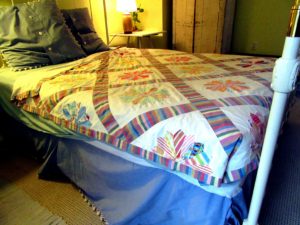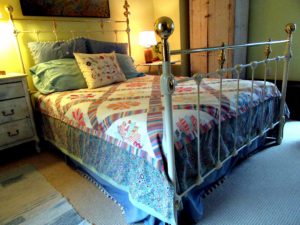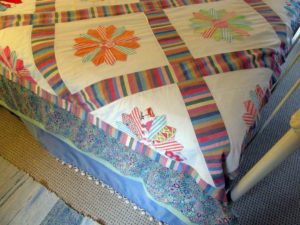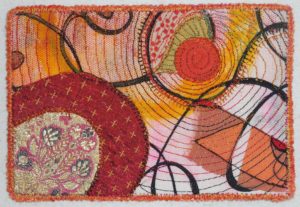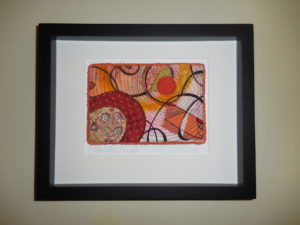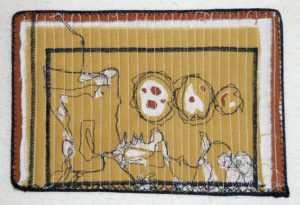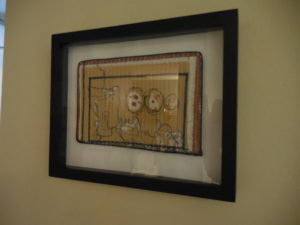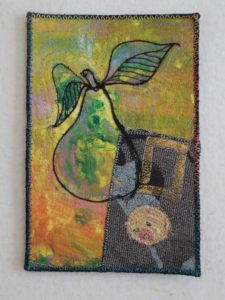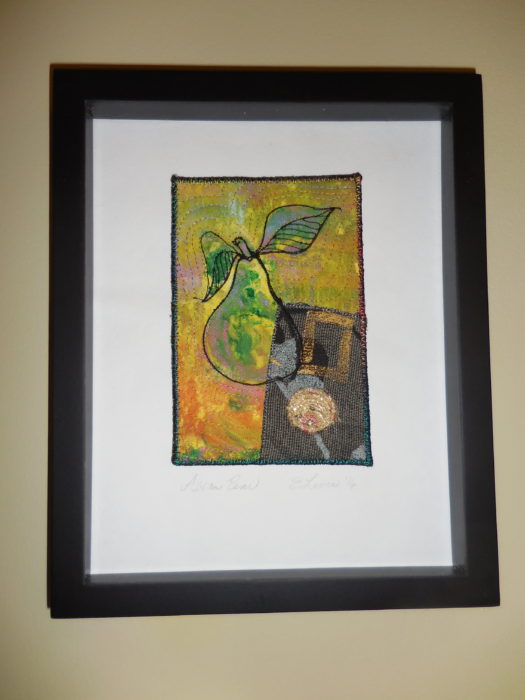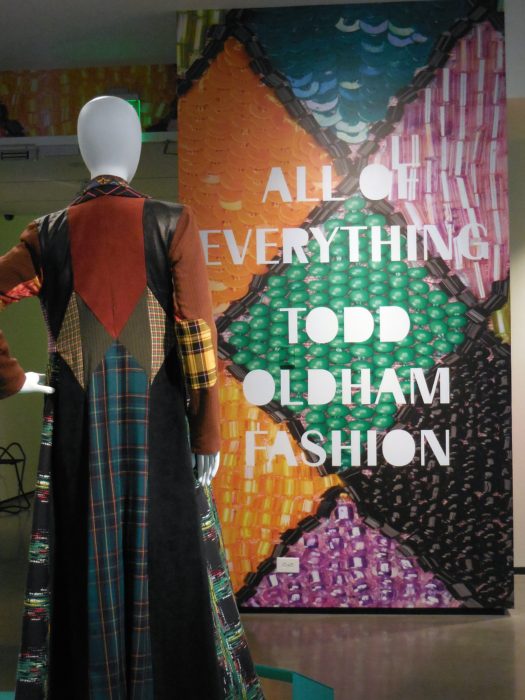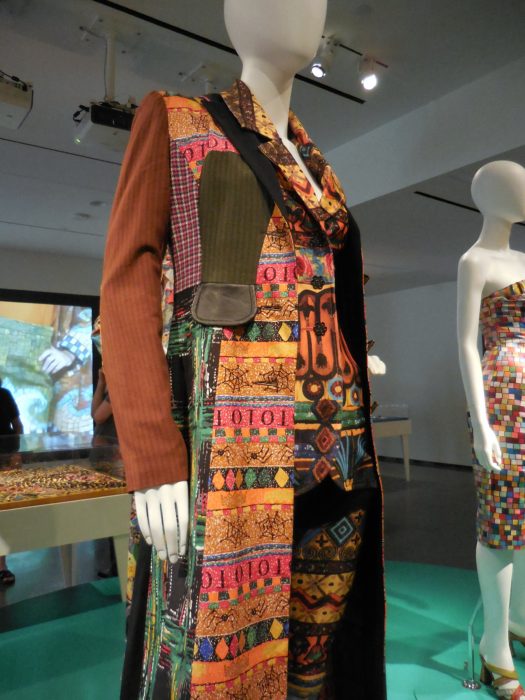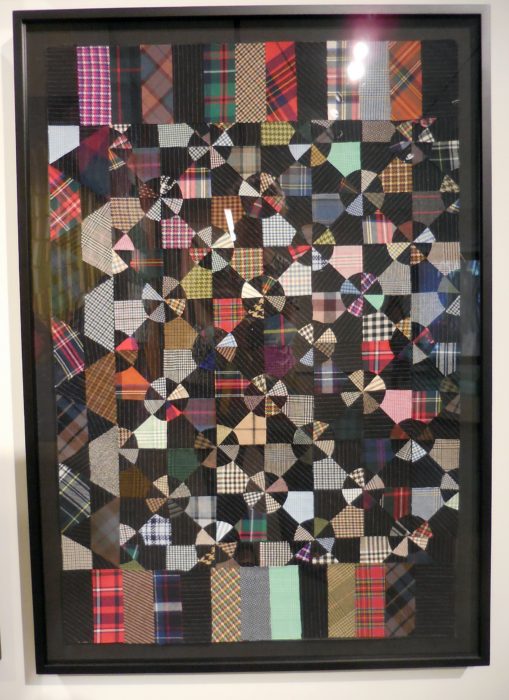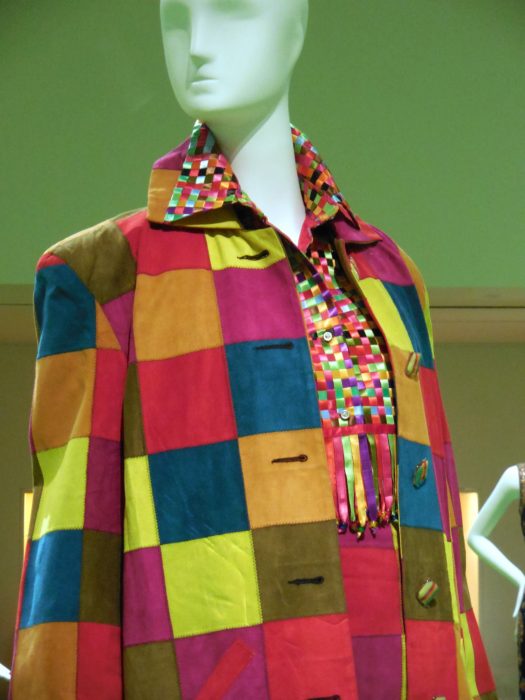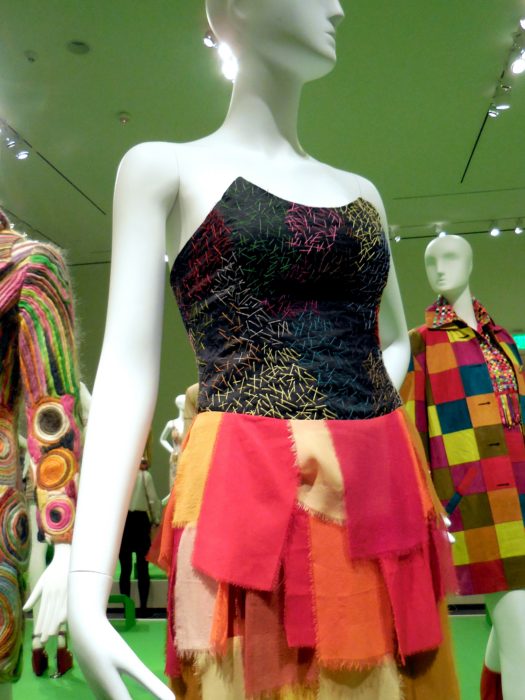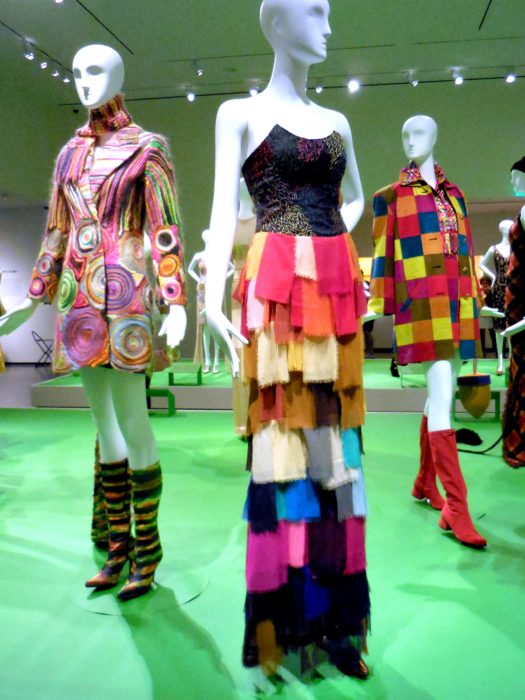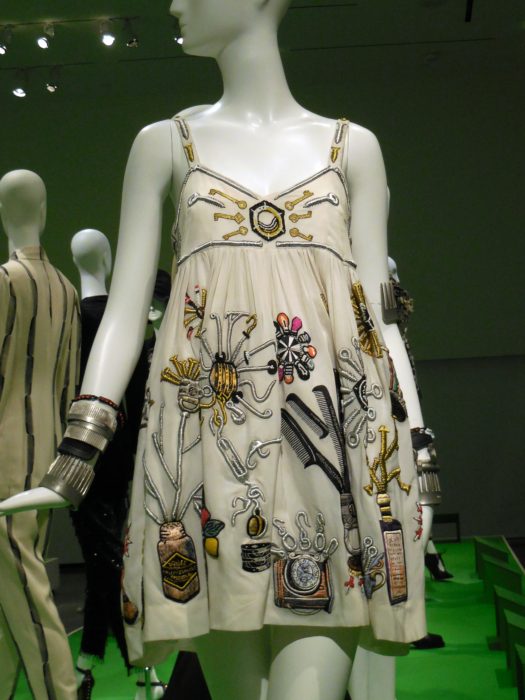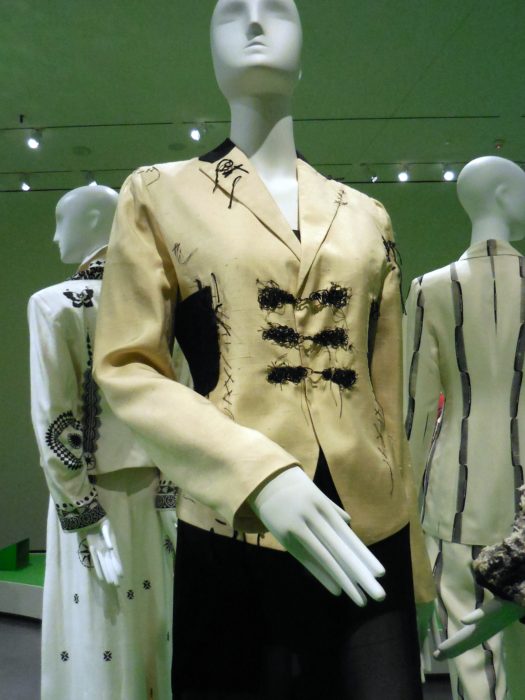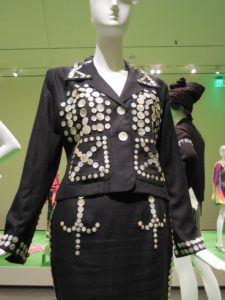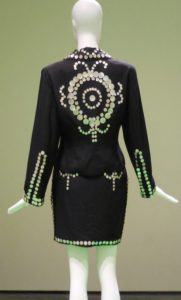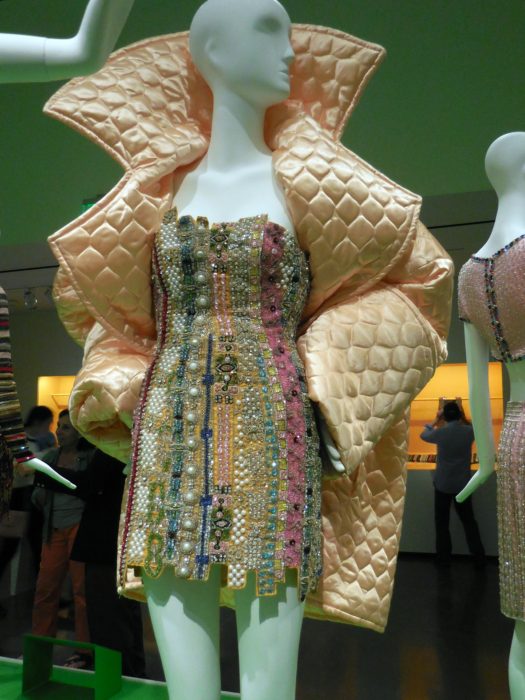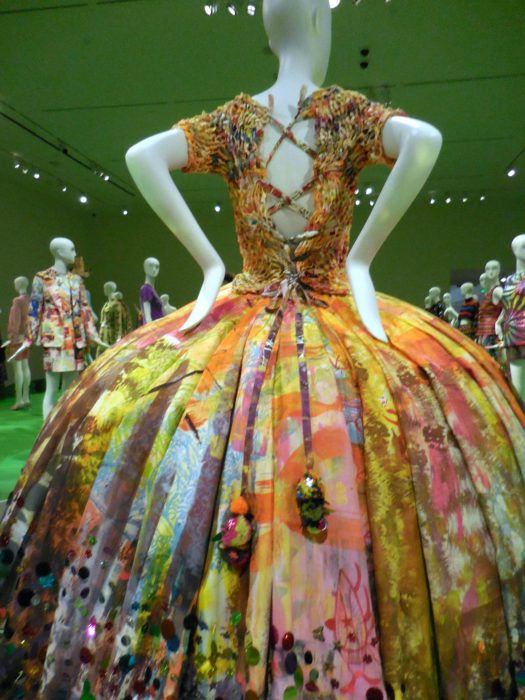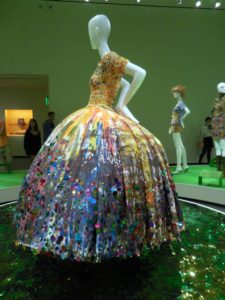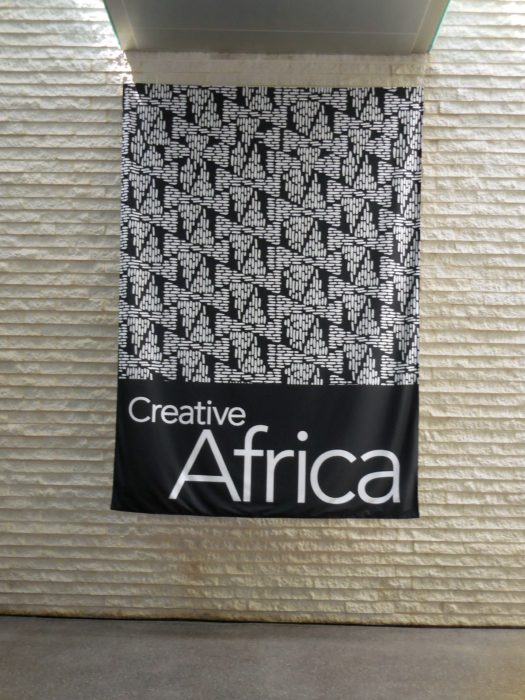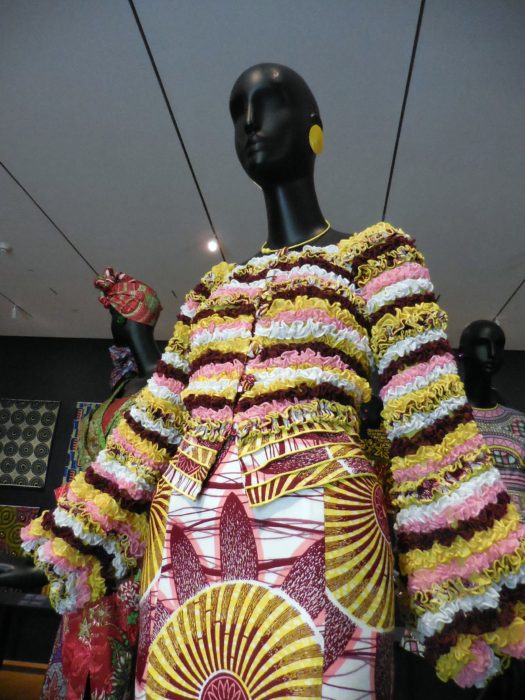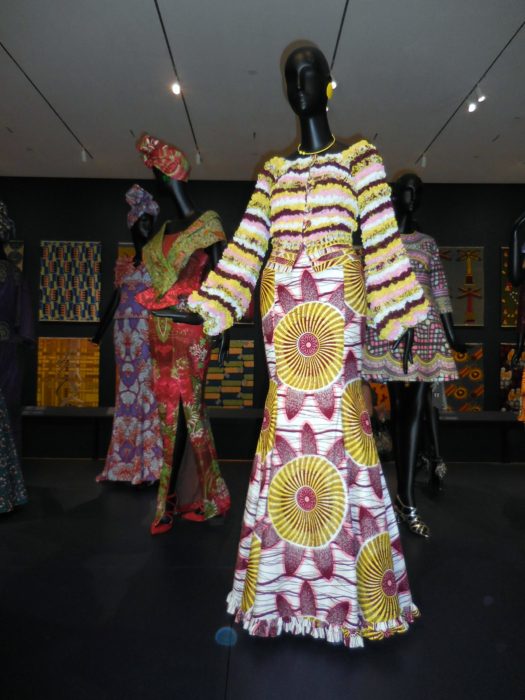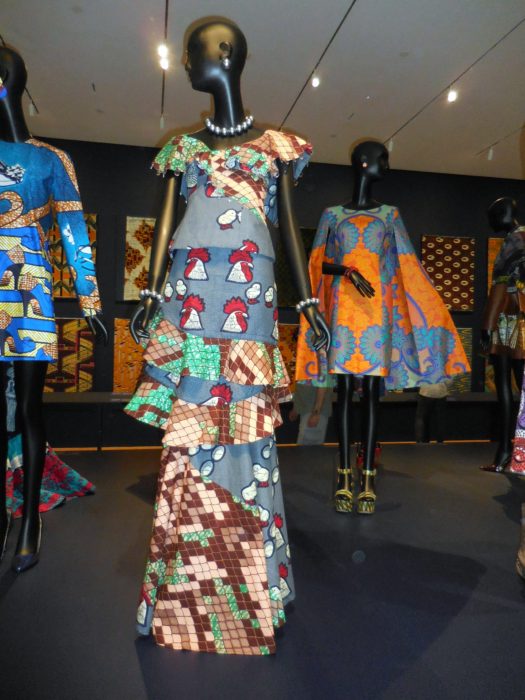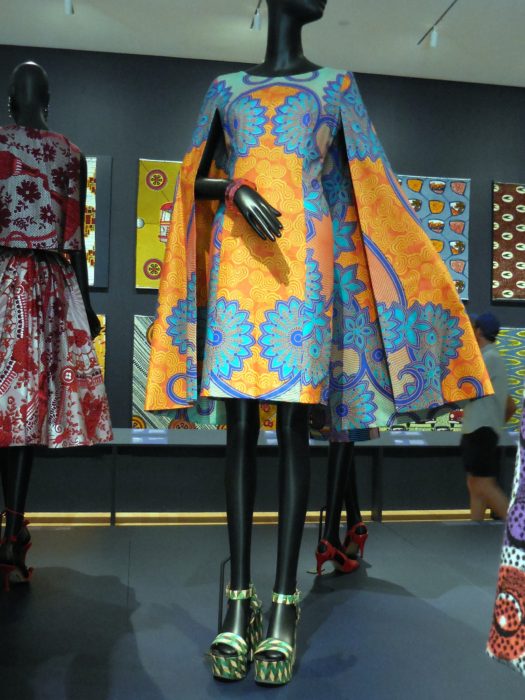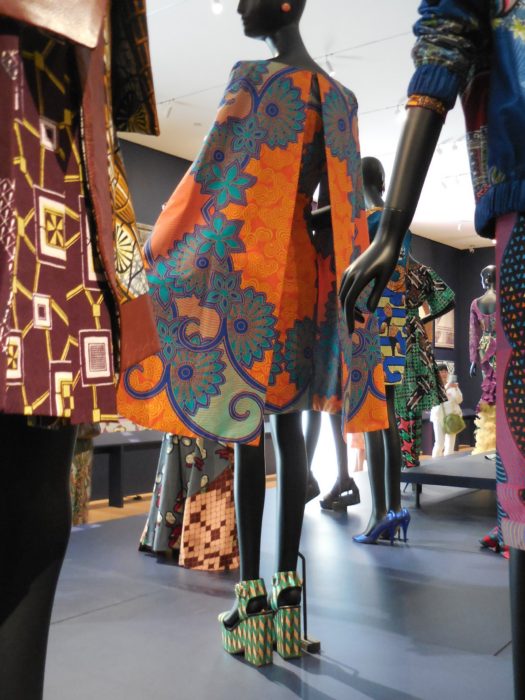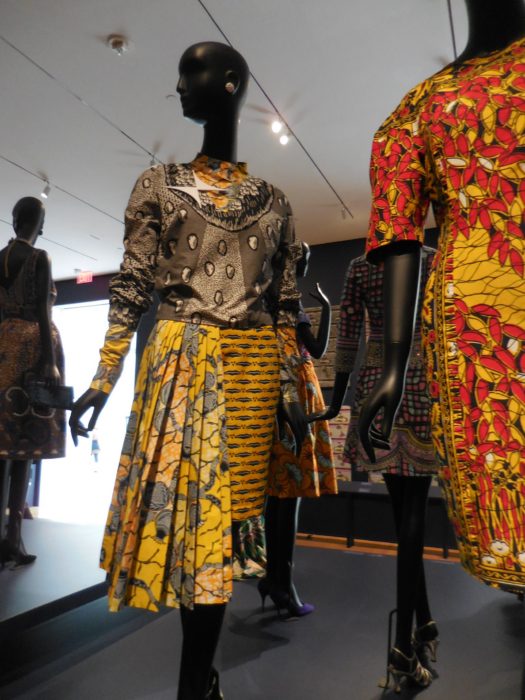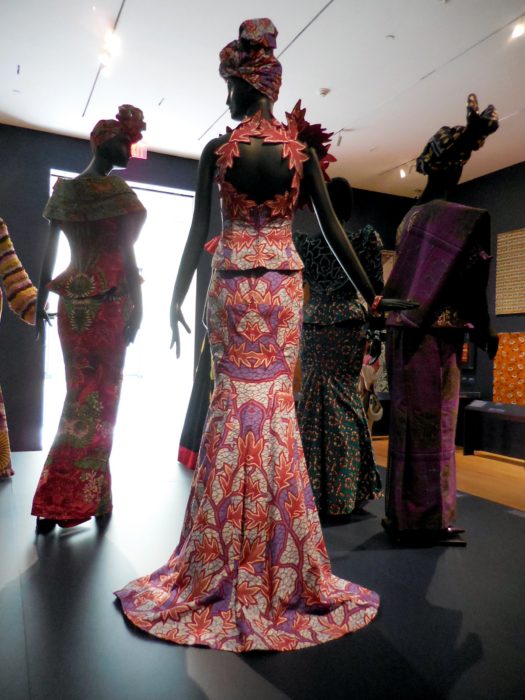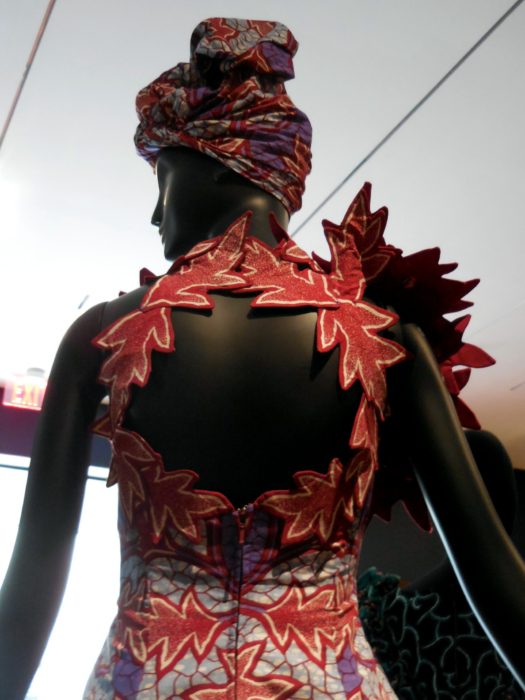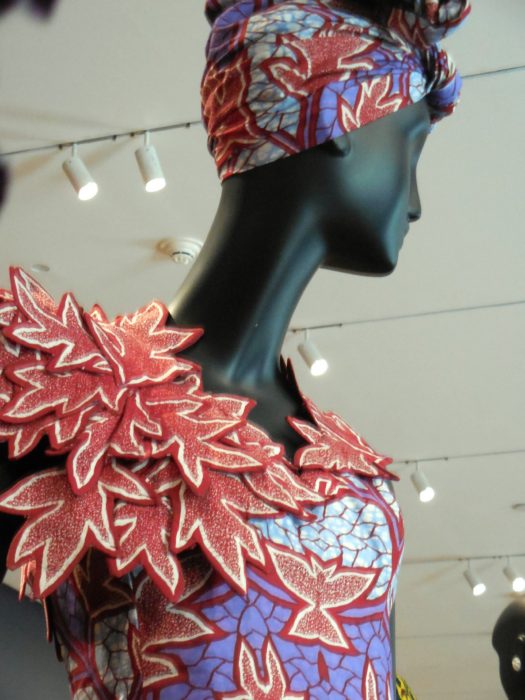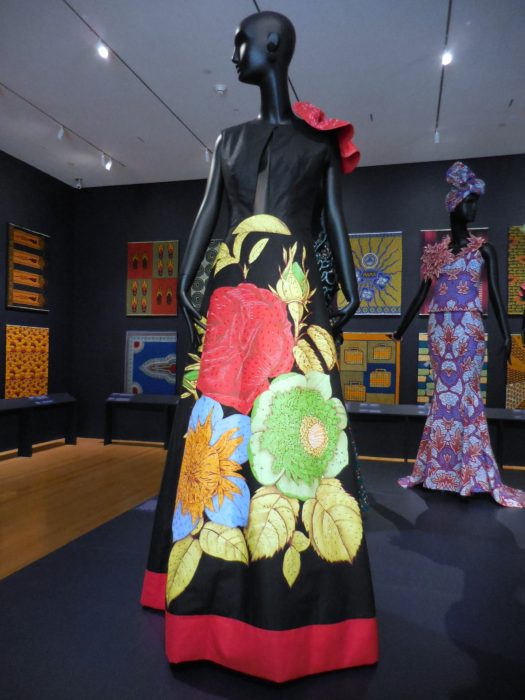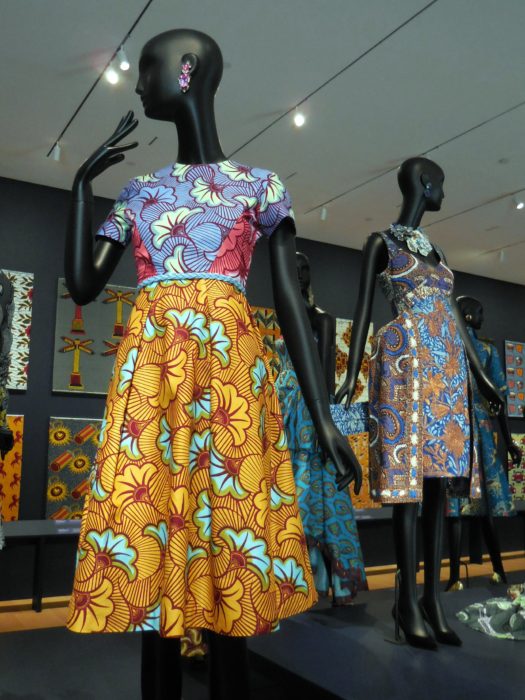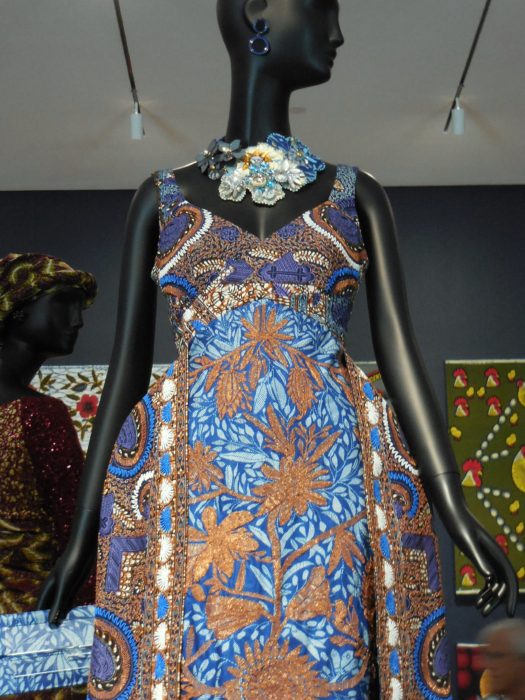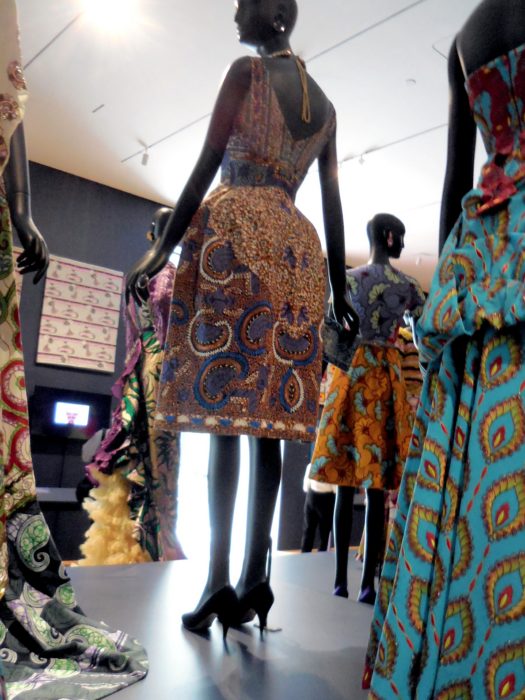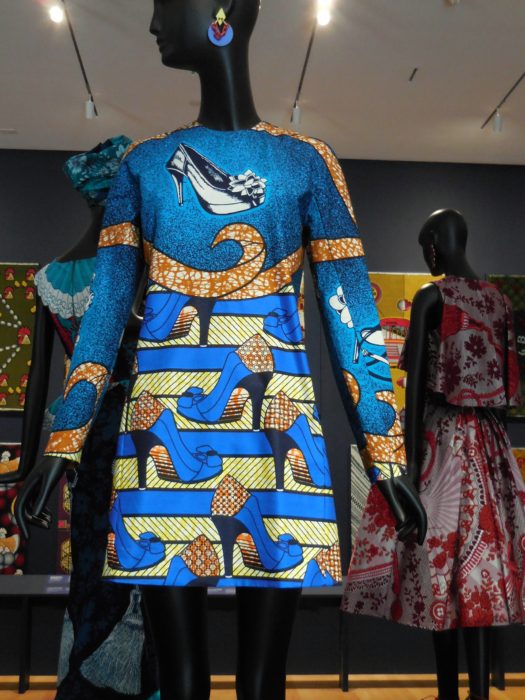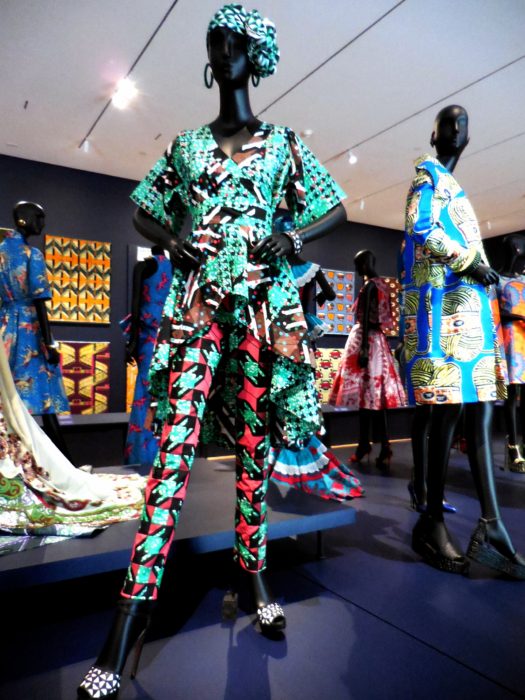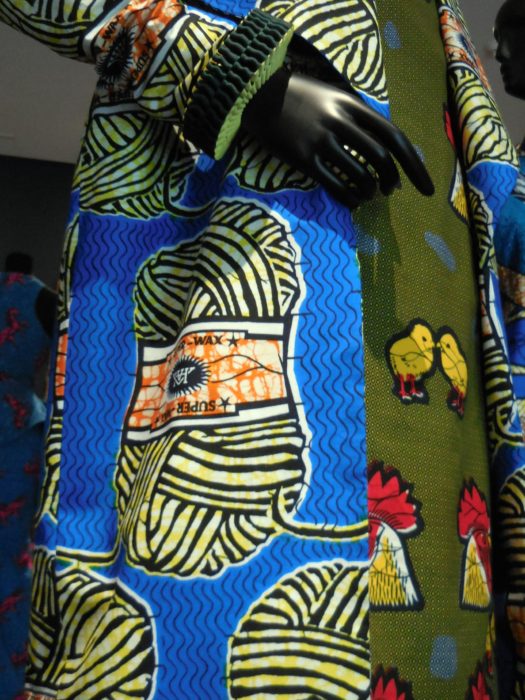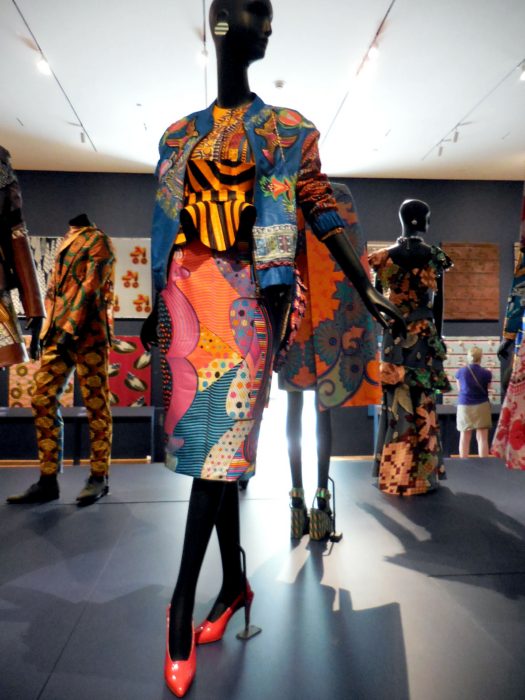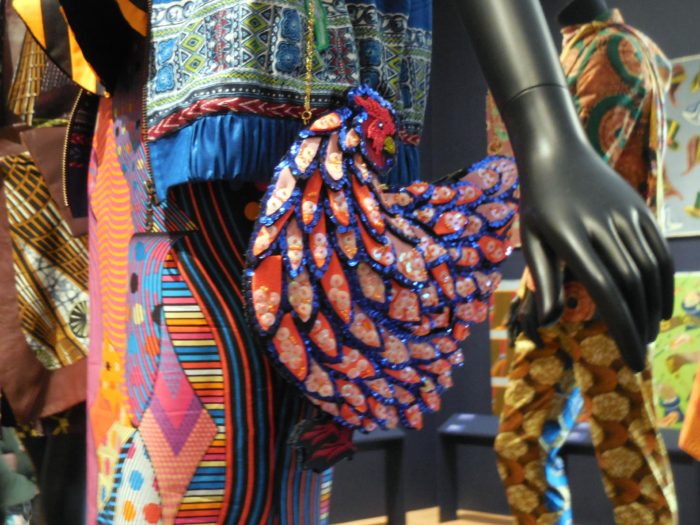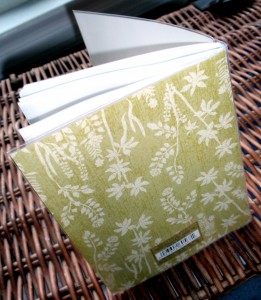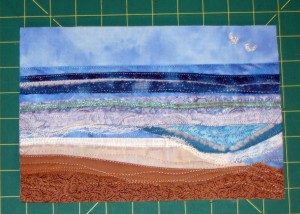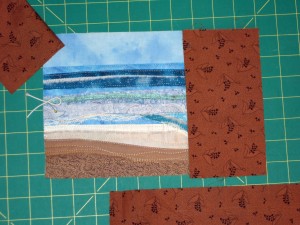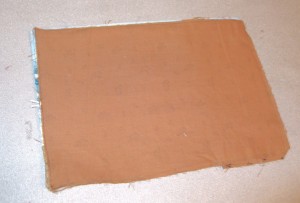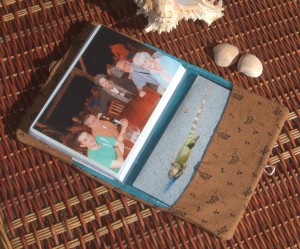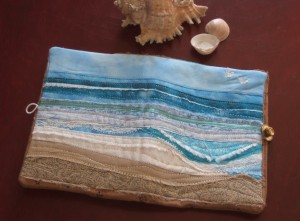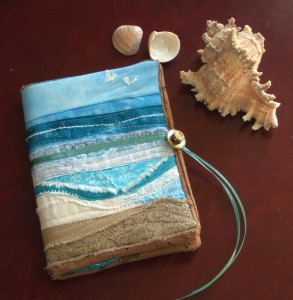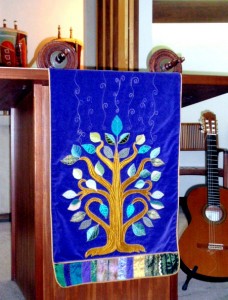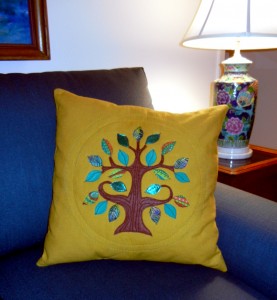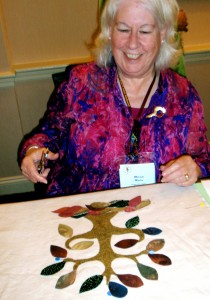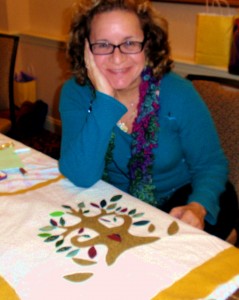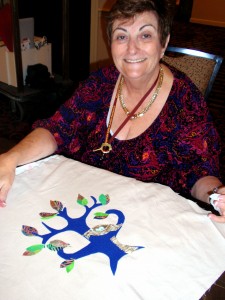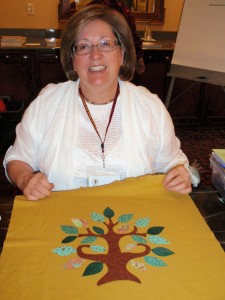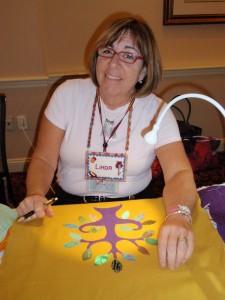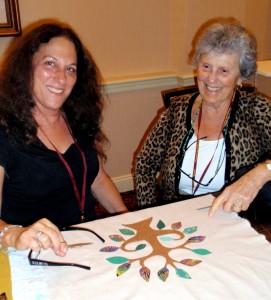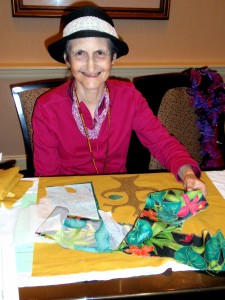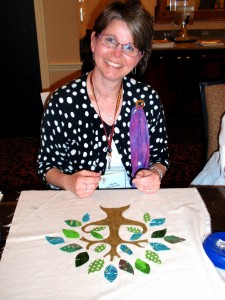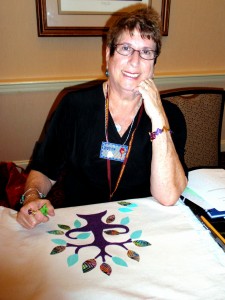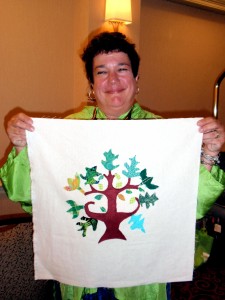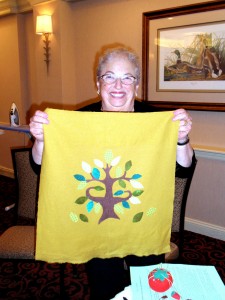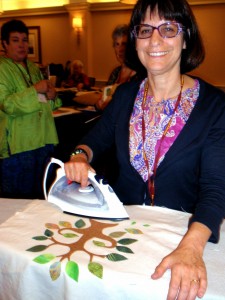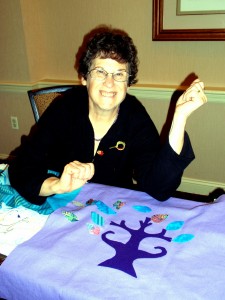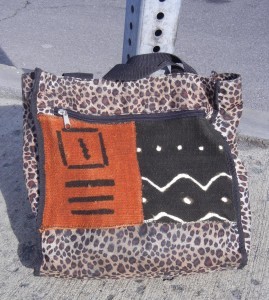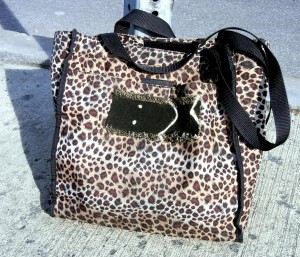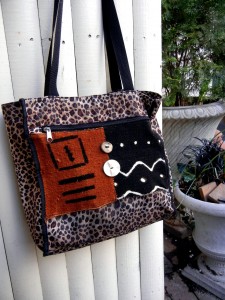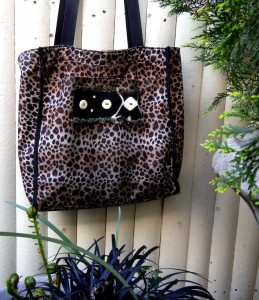
“Today I am a man.” This is the proclamation given by a 13-year old Jewish boy as he becomes a bar mitzvah–son of the commandment. At one time, the ripe old age of 13 –12 1/2 for a girl–meant eligibility for marriage. While that’s no longer the case, and while no one throws such a child the car keys or lifts the weekend curfews at this stage, the occasion does herald an elevated status and increased responsibilities. For example, a 13-year-old boy counts towards the minimum number of people required for opening up the sacred book of the Torah. He can be asked to be a pallbearer. He is expected to fast at Yom Kippur, the day of Atonement. In progressive Jewish communities, these are all true for a girl, or bat mitzvah, as well.
My cousin–twice removed, as we count the generations between us–reached this milestone earlier this summer. At which time his mother released the most wonderful, exuberant family picture. Which I photo-transferred to fabric, framed with fabric, and made into a bag.
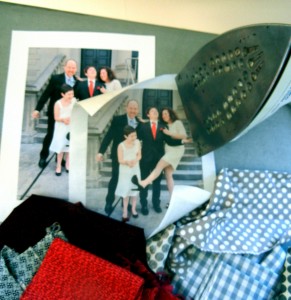
Such a patchwork treatment is tote-ally appropriate for a man bag… NOT. And I hardly expect my cuz to carry it as he goes about with his pals. Still, his “Today-I-am-a-man-bag” was a good place for me to tuck in a check, and I would hope that it can maybe hang in his room, holding some photos, albums, cards, and other souvenirs of the big day.
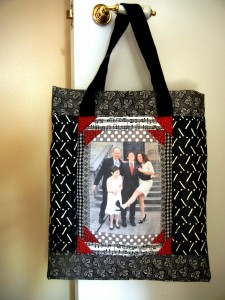
I’d love to get your comments sharing how you personalize gifts of money, or tote bags. And to see a ton of quick, easy-to-make, and wonderful bags by celebrity quilters, do check out my book, Unforgettable TOTE BAGS. It’s a free giveaway for every single attendee if I’m giving a trunk show or other presentation to your guild in the next year…or while supplies last. Otherwise, it’s almost a giveaway on my website.
For anyone wishing to frame a photo on a bag, I offer these how-to’s, which encompass a bunch of my quilting shortcuts:
1–It’s just a tote bag, not an heirloom. So yes, you’re supposed to soak fabric in Bubble Jet Set or other product before doing the photo-transferring, in order to prevent the image from fading over time. But again, it’s just a tote bag. You might want to forget about all that prep work.
2–Use a ready-made tote bag as a lining–you know you’ve got a bunch of canvas totes with irrelevant logos splashed on them. Let the dimensions dictate the bag you make. Use a permanent-ink marker on the logo-less back to write a message to the recipient on the bag. Alakazam: combination gift, gift bag, and card!
3–Iron the fabric to paper-backed fusible web. This is usually done with freezer paper, but either way, the paper backing stabilizes the fabric so that after you trim it to 8 1/2″ x 11″ it can pass through your printer. Now, it’s a piece of cake to pull off the release paper and fuse the photo-transfer to the center of a rectangle of fabric that’s just 1/2″ larger all around than the tote bag. This background fabric will be used as a foundation; you won’t see it, so it doesn’t matter what it looks like, as long as it doesn’t have a dark graphic that might show through the photo.
4–Pin coordinating fabric strips to one side of the photo, with right sides together and raw edge of the strip overlapping the edge of the image by 1/2″. Stitch, 1/4″ from the raw edge, then press the strip to the right side. Repeat on the opposite side of the photo, and then on the two remaining sides. This makes a frame, like Log Cabin Courthouse Steps variation.
5–For a Pineapple Log Cabin with the look of photo corners, lay short strips of contrast fabric (here, red) across the corners, with right sides together. Stitch, turn outward, and press.
6–Repeat steps 3 and 4. Add framing strips until the bag is 1″ wider than the tote you’ll use as the lining, plus an additional 3″ at the top.
7–If you want, place the bag front on batting, and quilt as desired. I didn’t.
8–Cut a same-size rectangle for the bag back. Place the back and front together with right sides facing, and stitch along the sides and bottom, 1/2″ from the edges. Turn the top edge 1/2″ to the wrong side, and press.
9–Make a boxed bottom: If the tote bag has a bottom, measure how deep it is. With the patchwork exterior still wrong side out, align the bottom and side seams to create a triangle. Stitch the base of the triangle, so that the height of the triangle is equal to the depth of the tote bag bottom–or the depth of the bag you want to create.
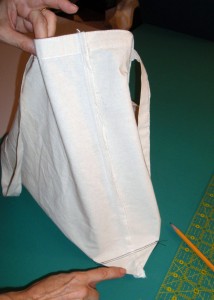
10–Turn the patchwork bag right side out. Cut off the handles of the commercial tote bag, and turn the bag wrong side out. Stuff it into the patchwork bag, aligning the side seams and bottom. Turn the 3″ excess over the rim, pin along the folded edge, and stitch.
11–If you want, stitch down into the bag as far as your machine can, to quilt or at least secure the exterior and lining of the bag. I didn’t bother.
12–Add back those handles. I actually ditched the ones that came with the commercial tote and used two 20″ lengths of black webbing.
13–Stick a check or gift certificate into the bag and mail it to the lucky recipient! Mazel tov!
